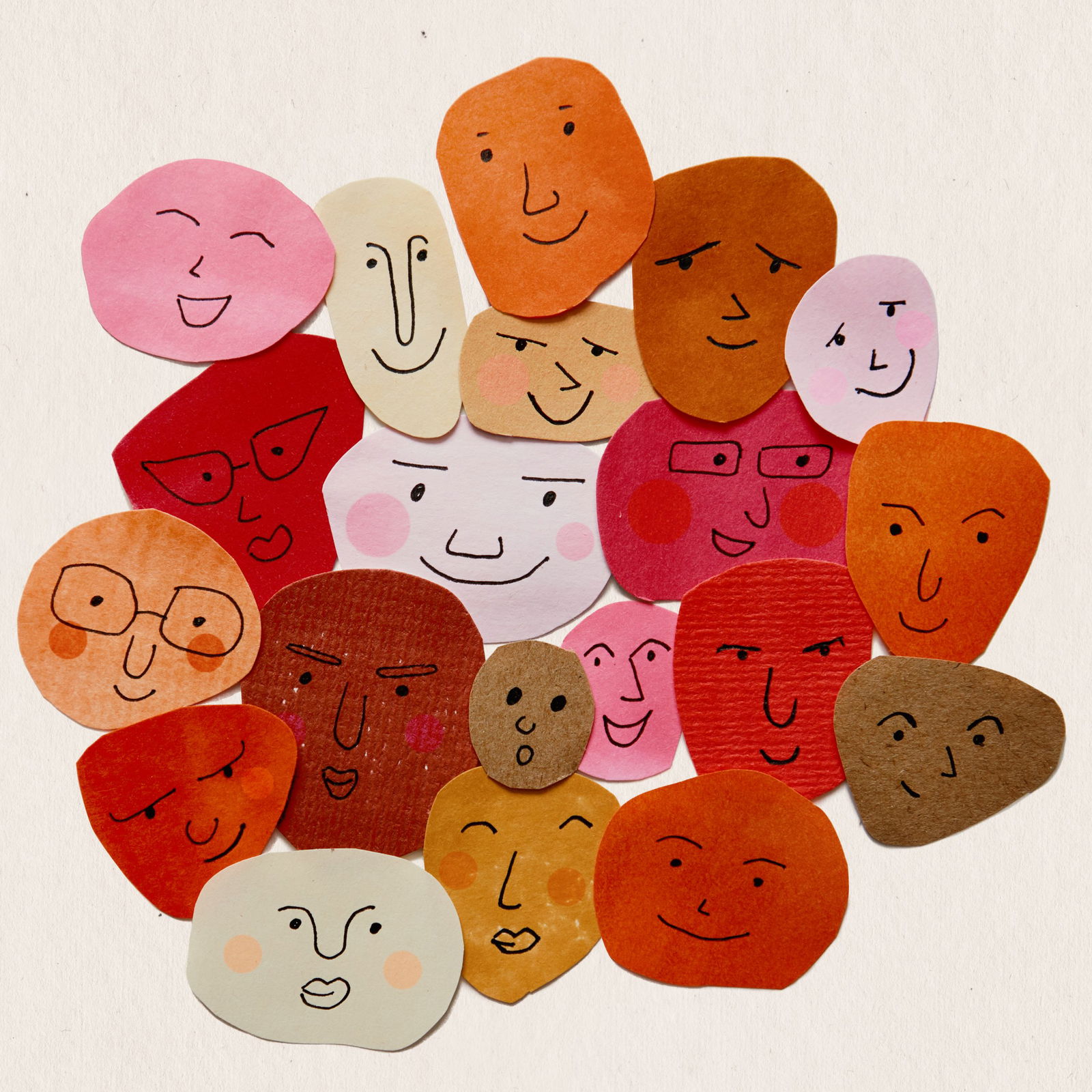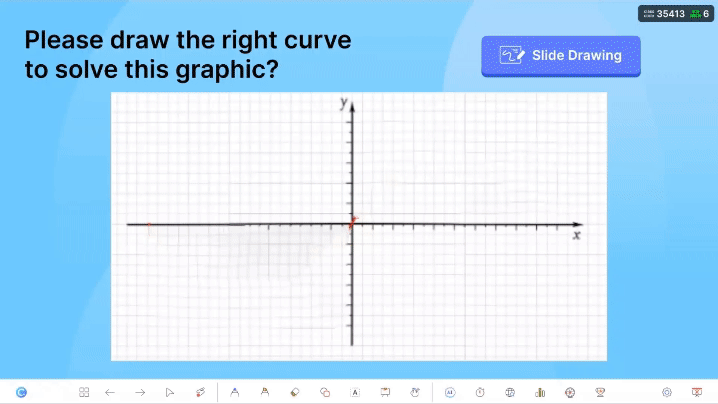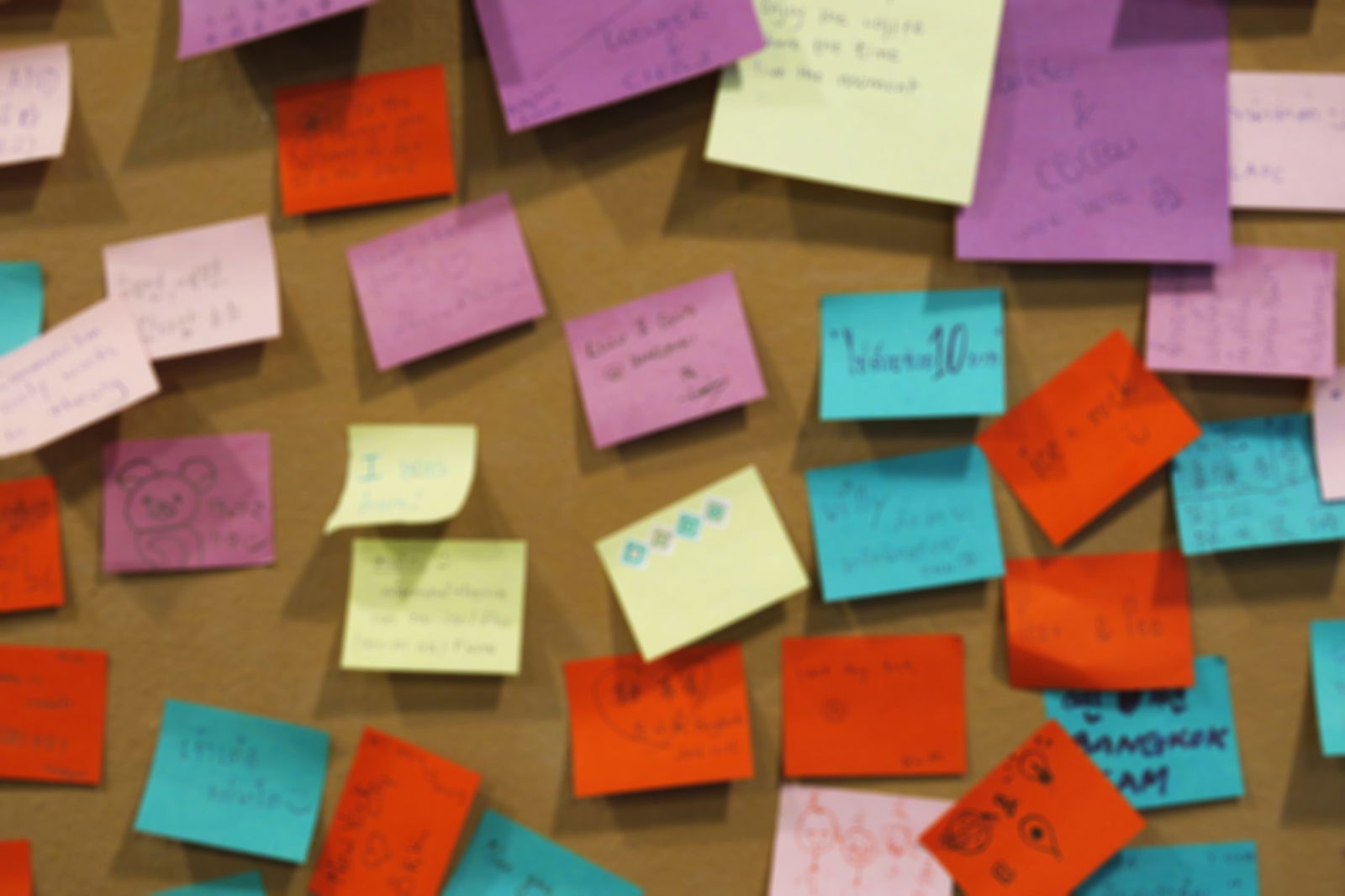Introduction
In classrooms everywhere, the emotional pulse of students often goes unnoticed amidst the rush to meet curriculum demands. Yet anyone who has spent time with young learners knows that their hearts and minds need as much attention as their test scores. An SEL check in is one of the simplest yet most profound ways to honor this truth. It’s not about adding another task to an already full plate. When done with care, an SEL check in can transform the energy of a room, helping students feel grounded.
The beauty of social-emotional learning lies in its authenticity. It’s a way of being present with students that says, “You matter here.” To make the most of an SEL check in, it helps to understand what makes it work.
- Relationships are at the heart of everything. When students trust the person leading the check in, they’re more likely to open up. Trust is built quietly, over time, through small moments of genuine connection.
- Consistency creates safety. A single check in might feel nice, but regular practice shows students that their emotions are always welcome.
- Flexibility fosters growth. Every group of students is different, and the best check ins adapt to their unique rhythms and needs.
What is Social Emotional Learning?
Before diving into SEL check ins, it’s important to understand the foundation they’re built on. At its core, Social Emotional Learning, or SEL, is about equipping students with the skills they need to navigate life, not just school. It’s the process of developing:
- self-awareness,
- self-management,
- social awareness,
- relationship skills,
- and responsible decision-making.
SEL isn’t something that happens in isolation or through a single lesson plan. It’s woven into the fabric of daily interactions, creating a space where emotions are acknowledged and valued. t’s the quiet conversation when a student seems off. It’s the way a group learns to listen to each other without interrupting. It’s the shared understanding that it’s okay to feel frustrated, proud, or unsure, and that those feelings matter.
How You Can Apply SEL in Daily Mundane Moments
In any classroom, moments that call for social-emotional learning happen all the time, often when we least expect them. Below, we’ve outlined some common scenarios you might encounter, what your instinctive response might be, and how a small shift with SEL in mind can transform the moment:
| Scenario | What You Might Normally Do | What You Can Do With SEL in Mind |
|---|---|---|
| A student interrupts repeatedly during a lesson | Politely remind them to raise their hand and move on with the discussion. | After class, privately ask, “I noticed you had a lot to say today—what was going on for you?” This opens a dialogue about self-regulation. |
| Two students exchange sharp words under their breath | Ignore it if it seems minor or tell them to stop without further discussion. | Pull them aside later and ask each, “What made you react that way?” to help them reflect on their emotions and repair the relationship. |
| A usually engaged student is suddenly withdrawn | Assume they’re just having an off day and leave them be. | Check in quietly: “You seem quieter than usual—do you want to talk about anything?” This signals care without pressure. |
| A group project stalls because one student isn’t participating | Assign tasks yourself to get things moving again. | Ask the group, “How can we make sure everyone feels included in this project?” This fosters collaboration and accountability. |
| A student laughs when another makes a mistake during a presentation | Quickly say, “That wasn’t kind—let’s focus,” and redirect attention. | Later, pull the laughing student aside and ask, “Why do you think that reaction might have hurt their feelings?” This builds empathy. |
| The class groans when you announce a challenging assignment | Reassure them, “You’ve got this!” and push forward with the task. | Acknowledge their feelings: “I hear you—it feels tough. What’s one small step we can take to start?” This validates their emotions and breaks down overwhelm. |
| A student blurts out answers constantly, disrupting others | Firmly remind them to wait their turn and continue teaching. | Privately say, “I love your enthusiasm! Let’s practice waiting so others can share too.” This reframes the behavior positively while addressing the issue. |
| A student refuses to participate in a group activity | Insist they join in or let them sit out without exploring why. | Gently ask, “What’s making it hard to join today? Is there another way you’d like to contribute?” This honors their autonomy while encouraging engagement. |
| A heated debate arises during a class discussion | Shut it down quickly to avoid further conflict. | Pause the discussion and say, “Let’s listen to understand, not to win. What’s one thing you agree on?” This shifts the tone toward constructive dialogue. |
| A student apologizes insincerely after being called out | Accept the apology and move on, even if it feels forced. | Say, “Apologies are powerful when they’re genuine. What could you do to show you mean it?” This encourages accountability and meaningful repair. |
Creative SEL Check-In Activities to Spark Connection

1. Mood Meter Mash-Up
How It Works:
Instead of asking students to pick just one emotion, invite them to describe their mood as a combination of two feelings. For example, “I’m feeling 50% calm and 50% excited.” Provide prompts like, “What percentage of your mood feels positive? What percentage feels challenging?” You can do this verbally, on sticky notes, or using an online poll if you’re teaching virtually.
When Best to Do It:
This works well at the start of the day or after transitions (e.g., returning from lunch or recess) when emotions might be mixed. It’s also great before group work to help students gauge how they’re showing up for collaboration.
Why It Matters:
What I particularly like about this activity is how it normalizes complexity. In my experience, students often feel pressure to simplify their emotions, happy or sad, good or bad. By blending emotions, they learn there’s no “right” way to feel, which builds trust and authenticity in the classroom.
2. Silent Signal Check-In
How It Works:
- Give students small cards, sticky notes, or access to a digital tool where they can draw a symbol (like a heart, star, cloud, or lightning bolt) to represent how they’re feeling without words.
- Collect these privately or display them anonymously on a bulletin board. For virtual classrooms, use emojis or icons in a shared document.
When Best to Do It:
Use this during moments when students might feel self-conscious about sharing aloud, such as after a high-stakes test or during a particularly intense week. It’s also effective as a midweek reset.
If you’re using PowerPoint to deliver lessons, running an interactive Slide Drawing activity with ClassPoint would be particularly convenient as your students can send drawing submissions back to your PowerPoint in real-time.

Why It Matters:
There’s something powerful about giving students a voice without demanding verbal vulnerability. I’ve found that quieter students especially appreciate this approach as it lets them share on their terms. Over time, you’ll notice patterns that can guide your approach to supporting individual students.
3. The Ripple Effect Question
How It Works:
Pose this question: “If your mood were a pebble dropped in water, what kind of ripples would it create today?” Encourage students to think about how their emotions might influence their interactions, decisions, or energy throughout the day. Follow up by asking, “What can you do to make those ripples positive?”
For example:
- A student feeling frustrated might realize their frustration could lead them to snap at a classmate.
- A student feeling happy might recognize they’re likely to spread kindness or encouragement to others.
To help students connect their feelings to actions, you can guide them through these steps:
- Identify the Feeling: What’s your mood right now? (e.g., frustrated, happy, anxious)
- Imagine the Ripples: How might this feeling affect your behavior or relationships today?
- Shift Toward Positivity: What’s one thing you can do to ensure your “ripples” have a positive impact?
When Best to Do It:
This activity is perfect for Monday mornings or Friday reflections, helping students set intentions or process the week’s events.
Why It Matters:
I love this one because it shifts the focus from how I feel to how my feelings affect others. At a point, there was a student who realized her frustration was making her short with classmates. After this activity, she started pausing before reacting, a small but transformative change.
4. One Word, One Gesture
How It Works:
Have students share one word to describe how they’re feeling and pair it with a physical gesture, like:
- raising their hands high for “energized,”
- slouching for “tired,”
- or crossing their arms for “frustrated.”
Make it interactive by having the class mimic each other’s gestures.
When Best to Do It:
This is ideal for younger students or anytime you sense the group needs to shake off stagnant energy. It’s also great after prolonged sitting, like during long testing sessions.
Why It Matters:
Adding movement makes the check-in more engaging and memorable, especially for kinesthetic learners. I’ve noticed that even the most reluctant participants perk up when they get to act out their feelings. It’s hard not to smile when everyone starts mimicking each other!
5. What’s in Your Backpack?
How It Works:
Pose this question: “If your backpack could hold all your feelings right now, what would be inside?” Encourage creativity. Students might say things like “a storm cloud,” “a stack of books,” or “a flashlight.” Allow them to draw or write their responses.

When Best to Do It:
This works well at the end of a busy week or during stressful periods, like finals season. It’s also a great way to kick off journaling or creative writing exercises.
Why It Matters:
This playful yet insightful prompt helps students externalize their emotions, making abstract feelings more tangible and easier to discuss. I once had a student describe his backpack as “full of bricks.” That simple image opened the door to a deeper conversation about what was weighing him down, and how we could lighten the load together.
6. Color Your Day
How It Works:
Hand out small squares of colored paper or use digital tools if you’re teaching virtually. Ask students to choose a color that represents their current state and explain why they picked it. Over time, track patterns by keeping a class “color chart” to notice trends in collective moods.
When Best to Do It:
Use this daily or weekly to build a visual representation of emotional trends over time. It’s especially useful for younger students who may struggle with verbal expression.
Why It Matters:
Colors tap into universal associations with emotions (e.g., blue for calm, red for anger), providing a low-pressure way for students to communicate their feelings. Tracking patterns can reveal underlying issues or celebrations worth acknowledging. I’ve seen entire classes shift their energy after noticing a trend of “red days”. It sparked a conversation about stress management that benefited everyone.
7. Weather vs. Forecast
How It Works:
Ask students to describe their current emotional “weather” (e.g., sunny, cloudy, stormy) and then predict their emotional “forecast” for later in the day.
When Best to Do It:
This is perfect for morning meetings or afternoon reflections, helping students anticipate challenges or celebrate potential wins.
Why It Matters:
Forecasting encourages forward-thinking and resilience, helping students prepare emotionally for what lies ahead. I’ve found this especially helpful during standardized testing weeks. Students who anticipated feeling anxious were able to plan coping strategies in advance.
8. Gratitude Graffiti Wall
How It Works:
Dedicate a space in your classroom (or online platform) where students can write or draw something they’re grateful for during the check-in. Keep it anonymous if needed. Watching the wall grow over time creates a visual reminder of positivity and connection.

When Best to Do It:
This is ideal for Fridays or holidays when gratitude naturally comes to mind. It’s also helpful during tough times to shift focus toward silver linings.
Why It Matters:
Gratitude practices have been shown to improve mood and reduce stress. A shared wall fosters community and reminds students of the good around them. One of my favorite memories is watching a student add “my best friend” to the wall, and seeing her friend light up when she read it. Moments like that remind me why SEL matters so much.
9. Mirror, Mirror
How It Works:
Pair students up and give them 30 seconds to silently mirror each other’s facial expressions. Afterward, ask: “How did it feel to see your emotions reflected back at you?”
When Best to Do It:
This works well during morning meetings or as a midday reset when energy might be low. It’s also great for virtual classrooms using gallery view.
Why It Matters:
What I love about this activity is how it builds empathy without requiring words. One year, I had two students who weren’t getting along. After this exercise, they realized how much their frustration mirrored each other’s. It was a turning point in repairing their relationship.
10. Would You Rather… Feelings Edition
How It Works:
Offer lighthearted “Would you rather?” questions tied to emotions, such as:
- “Would you rather feel super energized but scatterbrained, or calm but sleepy?”
- “Would you rather feel invisible for a day or overly noticed?”
When Best to Do It:
Use this as a warm-up activity or during transitions when you need to lighten the mood. It’s especially effective for younger students or on days when the group seems tense.
Why It Matters:
These prompts encourage laughter while still revealing insights into how students perceive different states of being. I once had a student laugh through a tough week until we played this game. It gave him permission to process his feelings in a playful way.
11. The Invisible Backpack Swap
How It Works:
After doing the “What’s in Your Backpack?” activity, ask students to swap their imaginary backpacks with someone else’s for a moment. Then discuss: “How does carrying someone else’s ‘stuff’ make you feel?”
When Best to Do It:
This works well during lessons on empathy or teamwork. It’s also a powerful tool during conflict resolution or when the class seems divided.
Why It Matters:
This twist builds empathy and understanding of shared burdens. I’ve seen students soften toward one another after realizing how much their peers were carrying emotionally—it’s a simple yet profound way to foster compassion.
12. Two Truths and a Feeling
How It Works:
Adapt the classic icebreaker game by having students share two true statements about their day and one feeling they’ve experienced. Classmates guess which statement reflects the feeling.
When Best to Do It:
This is perfect for team-building days or when you sense the group needs to reconnect. It’s also a fun way to wrap up a busy week.
Why It Matters:
It’s a low-pressure way to practice vulnerability and observation. I’ve seen this activity break down walls between students who didn’t know each other well. It creates instant camaraderie.
Tips for Making SEL Check-Ins Truly Effective
SEL check-ins are more than just a routine—they’re an opportunity to build trust, foster connection, and create a classroom culture where every student feels seen and valued. Here are some less obvious but highly impactful strategies to elevate your practice:
- Normalize “I don’t know” responses. Not every student will be ready to share their feelings right away, and that’s okay. Offer neutral options like “I’m still figuring it out” or “I’d rather not say today.”
This removes pressure and creates space for students to process emotions at their own pace. Over time, even the most reluctant participants often begin to open up when they feel safe knowing there’s no expectation to perform.
- Use nonverbal cues to gauge engagement. Pay attention to body language during check-ins. A student who slouches, doodles furiously, or avoids eye contact might need additional support, even if their verbal response seems neutral. Nonverbal cues often reveal what words cannot.
For example, a student who consistently draws during check-ins might be using art as a way to process emotions they find difficult to articulate. Observing these patterns can provide valuable insight into how best to support them.
- Model vulnerability without oversharing. Share a little of your own emotional state during check-ins, but keep it age-appropriate and relevant. For example, “I’m feeling a bit tired today because I didn’t sleep well, but I’m excited to see what ideas you all come up with.”
Subtle modeling of vulnerability can encourage students to do the same. When adults acknowledge imperfection, it sends a powerful message that it’s okay to not have everything figured out.
- Make it a ritual, not a task. Frame SEL check-ins as a meaningful ritual rather than another item on the to-do list. Use calming music, dim the lights, or incorporate breathing exercises to set the tone.
Sensory details like soft lighting or instrumental music can signal to students that this is a time to pause and reflect. Over time, these rituals become anchors that help students transition into a mindset of openness and connection.
FAQs
What is an SEL check-in, and why is it important for student well-being?
An SEL check-in is a short, intentional activity designed to help students reflect on their emotions and build social-emotional skills like self-awareness and empathy. These check-ins are vital for supporting student well-being , as they create a safe space for students to express themselves and feel valued. Regular SEL check-ins foster trust, reduce stress, and improve classroom dynamics.
How can teachers implement SEL check-ins without losing instructional time?
Teachers can integrate SEL check-ins into existing routines, such as morning meetings, transitions, or closing reflections. Even 2–3 minutes of mindful breathing, quick sharing, or a creative prompt can make a difference. The key is consistency—not duration. By aligning SEL practices with daily schedules, teachers can enhance student engagement without sacrificing academic time.
Are SEL check-ins effective for all age groups, from elementary to high school?
Yes, SEL check-ins can be adapted for any age group. For younger students, playful activities like drawing or gestures work well, while older students may prefer reflective writing or metaphorical prompts. Tailoring the format to fit developmental stages ensures that social-emotional learning resonates with students at every level.
What should I do if students are reluctant to participate in SEL check-ins?
It’s common for some students to feel hesitant during SEL check-ins. Offer nonverbal options, such as writing or drawing, and normalize responses like “I’m still figuring it out.” Over time, as trust builds, students often become more comfortable sharing. Creating a judgment-free environment is key to encouraging participation in classroom SEL activities.
Can SEL check-ins help address mental health concerns in students?
While SEL check-ins aren’t therapy, they provide a foundation for identifying emotional needs and fostering open communication. If a student shares something concerning, follow up privately and involve school counselors if necessary. SEL practices can complement mental health support by promoting emotional awareness and reducing stigma around discussing feelings.
How do I measure the impact of SEL check-ins on my students?
While the impact of SEL check-ins isn’t always quantifiable, look for qualitative signs like improved classroom climate, stronger relationships, and increased willingness to share. You can also gather feedback from students through anonymous surveys or reflections to assess how these practices support their emotional growth.
